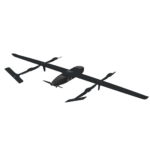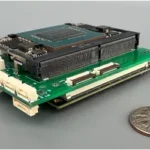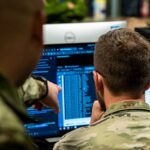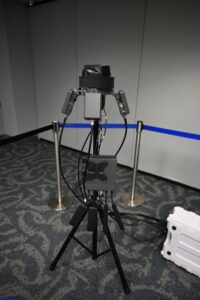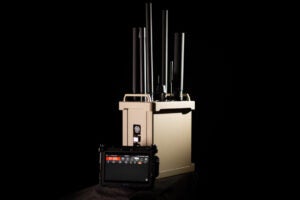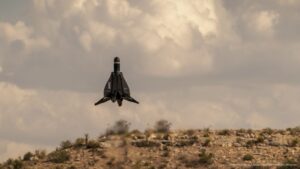
Anduril Industries has developed, and is about to begin production of, a speedy jet-powered, highly maneuverable, and recoverable autonomous air vehicle (AAV) with vertical take-off-and-landing capabilities that includes a variant for air defense against a wide range of targets and another that performs like other unmanned systems and hosts different payloads to accomplish an array of missions today and in the future. Development of the Roadrunner and Roadrunner-Munition AAVs was self-funded beginning nearly two years ago and demonstrates Anduril’s bold…

 By
By 